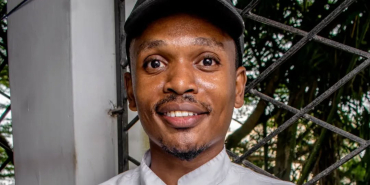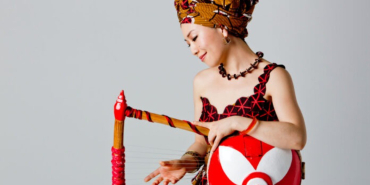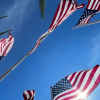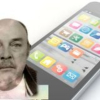How AI is Shaping Kenya’s Fashion Industry

A growing number of fashion entrepreneurs in Nairobi are using artificial intelligence to create digital models and visual content.
At the forefront is Liz Muthoni, founder of Thrift Loft, who uses generative AI to produce high-quality fashion imagery without relying on photographers, models or physical locations. By photographing clothes on mannequins and inputting the images into AI tools, she generates virtual models customised by body type, ethnicity and background setting. This method has cut her operational costs by nearly 75 percent.
“It saves me time, money and stress,” Muthoni says.
What began as an experiment with AI-powered design tools like ChatGPT has now become central to her business model. Muthoni represents a wider shift among young Kenyan entrepreneurs who are turning to AI to manage limited resources and improve their digital presence. In the fashion industry, where visual presentation is critical, AI offers a cost-effective solution, particularly for small businesses operating on narrow margins.
The growing use of AI in fashion has sparked debate within the creative community. Ogake Mosomi, a Nairobi-based bridal designer, acknowledges its usefulness in conceptual stages but warns of its technical limits.
“The patterns it shows aren’t always accurate. The fabric textures, the cuts, sometimes they look perfect but they can’t exist in real life,” she explains.
Unrealistic AI-generated designs have led to client requests for garments that are physically impossible to produce. Mosomi believes that while AI can support early-stage design, it cannot replace the human element essential to fashion. She stresses the emotional connection that comes from seeing real people wear clothing.
“Fashion is human,” she says. “Seeing a real person in a gown feels different from a flawless computer image.”
Photographers are also adjusting to the changing landscape. Smith, a creative based in Nairobi, uses AI to develop mood boards and refine client concepts. He views the technology as a creative aid rather than a replacement.
“It makes me more creative,” he says, though he notes a decline in demand for standard photography services.
Despite this, he believes human-led shoots, especially for high-profile events, remain essential. In Kenya’s creative economy, where jobs and resources are limited, AI’s efficiency may come at a cost. As more businesses adopt AI, opportunities for freelance models and photographers could decline. However, for entrepreneurs like Muthoni, the technology provides a necessary advantage in a competitive and resource-constrained market.
The cultural implications of AI-generated imagery also raise concerns. Designers report that many platforms favour Eurocentric beauty standards, producing models with unrealistic features and limited diversity. Muthoni says it often takes trial and error to generate images that reflect African aesthetics. Mosomi warns that constant exposure to idealised digital bodies may harm body image and promote unattainable standards.
While international fashion brands have begun exploring AI for inclusivity and innovation, some critics argue that algorithm-driven representations cannot replace genuine diversity. Trust remains a key issue. Muthoni admits that AI imagery may not always accurately depict fabric texture or garment details, and she makes a point of informing customers that the items are real, even if digitally styled.








Add new comment